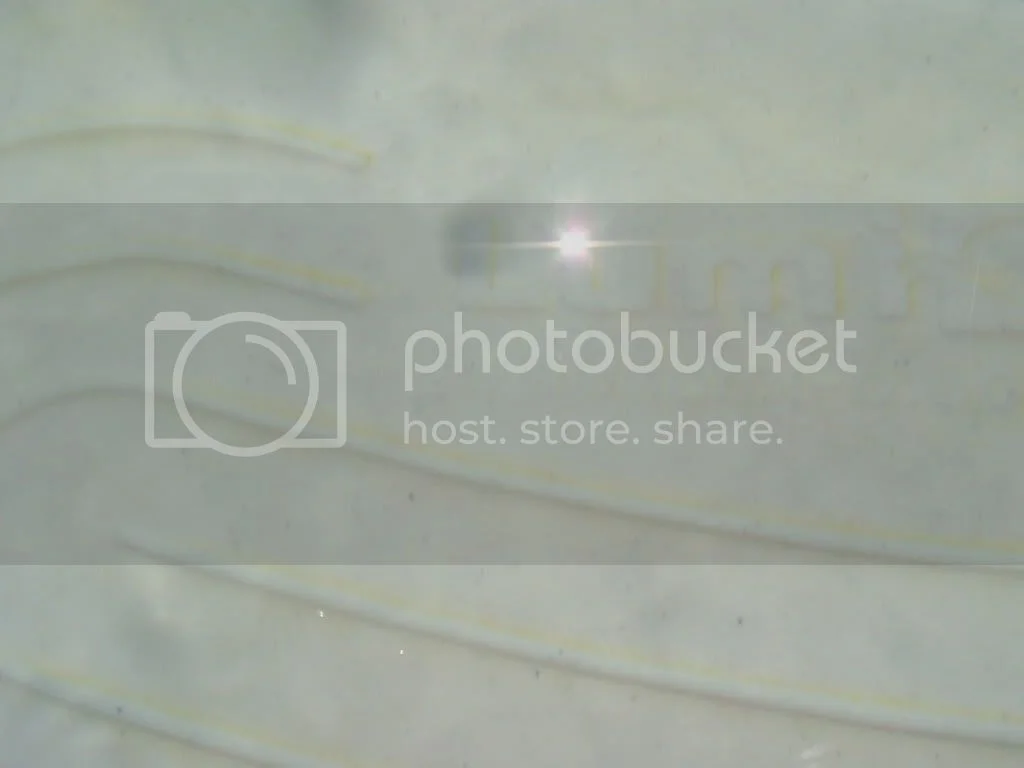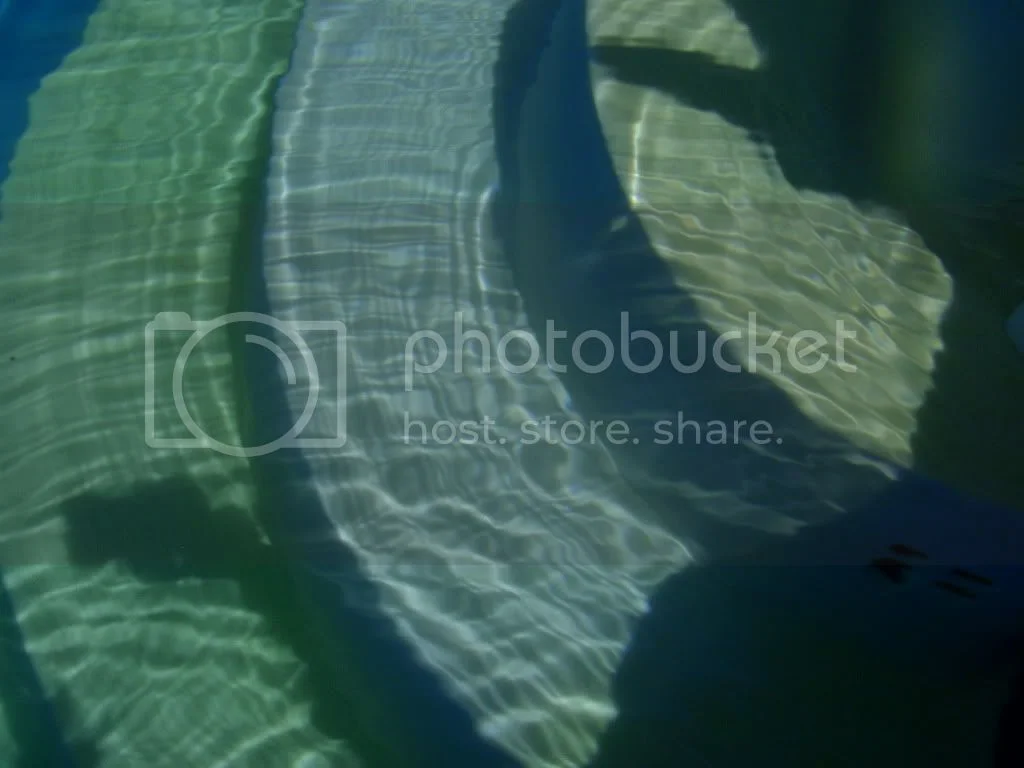Mustard algae is among the leading types of algae that grow in a swimming pool, and unfortunately, spread very easily. Perhaps the most important fact about this yellow colored algae is that it is highly resistant to regular pool chemicals like chlorine, and can grow and thrive in pools that are perfectly chemically balanced.
The diagnosis of mustard algae can be particularly tricky, mainly because it can easily be confused with pollen. In order to properly treat it, it is necessary to know the difference between mustard algae and pollen. Don’t worry, we will guide you through the whole process in this article!
Difference Between Mustard Algae and Pollen?
When viewed with naked eye, mustard algae and pollen appear to be very similar, and can usually not be told apart. However, there are some major differences in their structures that can help. Mustard algae is usually yellowish brown, and has small spots with halos around them. Detailed description of its appearance has been given in the article What Does Mustard Algae Look Like?
Pollen grains, on the other hand, usually have a solid structure and are a brighter shade of yellow. When held and pinched between fingers, pollen feels gritty and slightly squishy, while mustard algae feels slimy.
Another difference between these two is their arrangement. Mustard algae is usually present in parts of the pool where there is no sunlight, most often on the side walls. For more information, read How To Test For Mustard Algae?
This picture below shows pollen in the form of small yellowish floating particles visible only in the sunlight. Pollen tends to float on the surface of the water, and its placement isn’t affected by sunlight.

This picture below shows mustard algae growth on pool stairs.

Shown above are three pool steps. The middle one has been brushed clean while the other two have not.
Tests to Differentiate Mustard Algae From Pollen
While structural differences can greatly help you in knowing whether the yellowish spots in your pool are pollen grains or mustard algae, it is always safer to perform tests to know for sure. Here are a few simple tests that you can perform by yourself:
- Measure the levels of chlorine in your pool at night. Leave it overnight and then re-measure the next morning. If the chlorine levels remain steady, it indicates that the substance present in your pool is pollen. However, if the chlorine falls by 1 ppm or more, it means that the yellow presence is in fact, mustard algae.
- Get a clean jar or container and fill it with water from your pool. Now use a clear syringe or dropper to collect some of the yellow patches that you need to test. Empty it into the jar and then place the jar in a shady place after covering it. Preferably leave it overnight. If the yellow patch increases in size noticeably, it means that it is mustard algae since algae tends to grow rapidly. However, if it does not grow, then it is pollen.
This is the most important confirmatory test to tell between mustard algae and pollen. All you have to do is properly brush the yellow patch away. Then inspect it after 24 hours. If it settles to the bottom or collects around the main drain, it is pollen. However, if it disappears and then re-appears at the same place, it is most definitely mustard algae.
We have a separate article on how to differentiate sand from mustard algae titled Mustard Algae or Sand- Here’s How to Know.
How To Get Rid of Mustard Algae?
Once you have established that the substance present in your pool is mustard algae, the next step is getting rid of it. Since this form of algae is resistant to most regular pool chemicals, it requires a high strength shock to cleanse your pool of it.
Begin by vacuuming and brushing your pool and individual components. This is essential because mustard algae can contaminate and then transfer through any surface, including pipes, filters, vacuums and even swimsuits.
Now dump a large amount of shock into the swimming pool. The highly concentrated chlorine present in the shock can be effective in overriding the components of algae that allow it to survive. Alternatively, you can use specific mustard algaecide for this purpose.
After shocking your pool, it is essential to keep the pool filter and pump on for around 24 hours until the algae is gone. Shock the pool again 2 or 3 more times to ensure that it is thoroughly cleaned.
How To Prevent Mustard Algae From Growing?
Clearing your pool of mustard algae is an easy task, but it is undoubtedly cumbersome. Hence, it is always a good idea to prevent mustard algae breakout in the first place. Here are a few simple maintenance tips that can protect your pool from mustard algae:
- The good old; keep your pool clean all the time. Make sure to vacuum regularly and brush the areas that are away from sunlight.
- Maintain the chemical and pH balance of your pool to optimal levels, and frequently check for any irregularities.
- During the swim season, keep the pool filter and pump running for at least 8 to 12 hours daily.
- Shock your pool regularly.